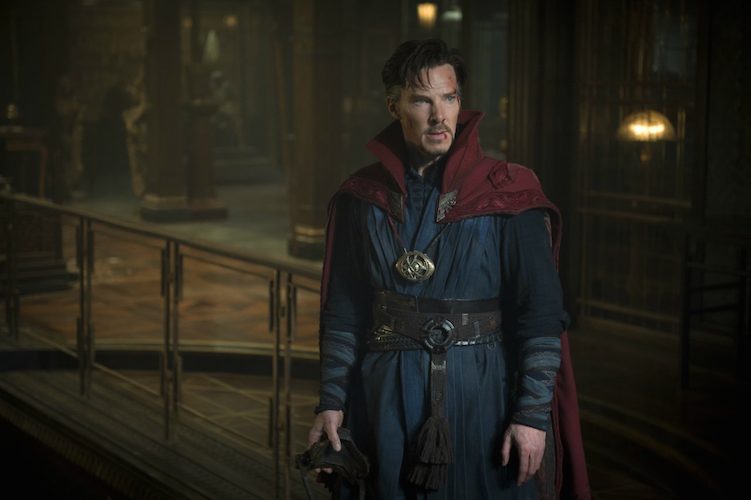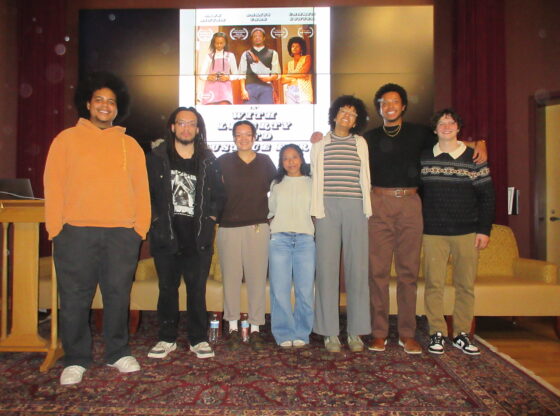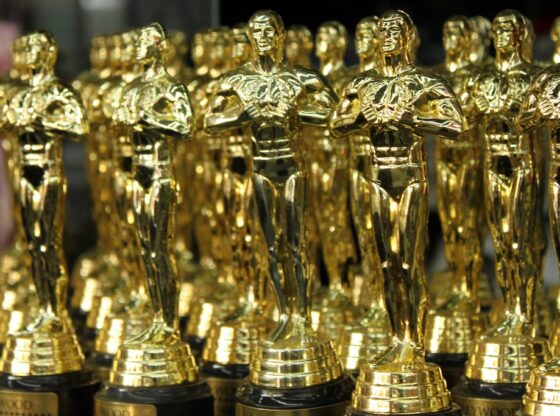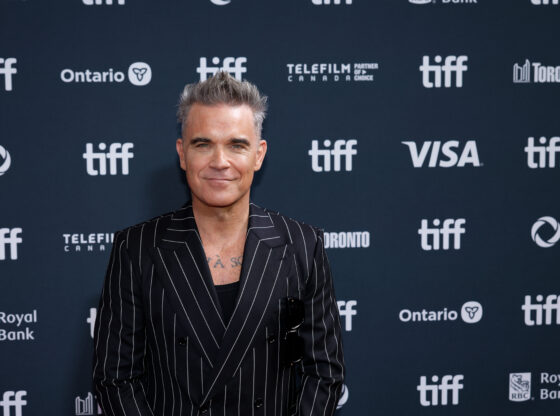If one word had to define what “Doctor Strange” is for Marvel Studios, it would be “gamble.” Marvel had to face a formidable army of challenges in betting on bringing the Sorcerer Supreme to the Marvel Cinematic Universe (MCU): the introduction of trippy magic to a fantastical world still grounded in science, a character not well known to the masses and a comic series rife with a history of racial caricature. Admirably, the creative teams behind the film mostly run away with it, save for some glaring misfires.
The positive aspects of “Doctor Strange,” the story of a prideful surgeon who learns to be a powerful sorcerer after a career-ending accident, lay in both its fine acting and highly impressive visuals. While seemingly not the most inspired choice for the role, Benedict Cumberbatch (“Sherlock”) makes for a fine Dr. Stephen Strange, bringing together the complex mix of arrogance and wacky intellectual heroics that define the character. Many will compare him to Robert Downey Jr.’s Tony Stark character, but there is a deeper drive to Strange’s character that sets him apart from other Marvel characters. While many heroes of the MCU operate on little motivation outside of what the plot needs them to do, Strange is presented as the imperfect example of a man driven to action, one whose personal desires complicate what the world needs him to be. This all makes for an interesting character, yet he still doesn’t stand as the star of show. That honor goes to another important role: The Ancient One.
The biggest risk Marvel had to face when making this film was with the creation of the Ancient One, a character as divisive in the comic book world as one can get. The original character was a Tibetan man who, while a powerful character, was unfortunately structured around multitudes of stereotypes of Asian mysticism. To try and sidestep this cultural time bomb, prolific actress Tilda Swinton (“We Need to Talk About Kevin”) was cast as Strange’s master, a choice simultaneously inspired and problematic. Swinton is no doubt the best performer in the film here, creating a character that steals every scene she is in. It is no doubt refreshing to see a female character in a position so powerful, backed up by Swinton’s superb skill. However, it is still difficult to imagine why Marvel couldn’t have put in the time to erase the stereotypes surrounding the character while still using an Asian actor. By using Swinton, the film gets a wonderfully solid performance but doesn’t end shaking things up like it should. The subversion of stereotypes surrounding Strange’s Asian sidekick Wong (Benedict Wong, “Marco Polo”) by transforming him from a highly offensive “manservant” into a master smarter than even Strange saves all of this a little bit, but not enough to give Marvel a pass for playing it safe.
While Cumberbatch and Swinton carry the plot, the film as a whole lives and dies by its revolutionary visuals, which are nothing short of mind-blowing. The magical realms and powers of “Doctor Strange” are pretty much like nothing else seen before, melding the world-bending of “Inception” with “Harry Potter”-esque action. It all makes for a highly original and daring special effects ride that will be difficult for Marvel, or any studio for that matter, to top.
Main roles and visuals aside, the film is otherwise disappointingly uninspired. The plot is the Marvel origin story you’ve seen 20 times over by now, saved only by the imagination of the special effects. Mads Mikkelsen (“Hannibal”), Rachel McAdams (“True Detective”) and Chiwetel Ejiofor (“12 Years a Slave”), some of the finest actors working today, are absolutely wasted as the trappings of the origin trope give them almost nothing interesting to do. The humor, usually a small but strong aspect of Marvel films, is extremely hit or miss here. When it works it really works, but when it doesn’t, the audience is left awkwardly hanging in painful silence. This stands as a representation of “Doctor Strange” as a whole, a film where focus leads to glory and laziness leads to a lack of originality.
As Marvel looks forward to its seemingly endless lineup of films, “Doctor Strange” serves as both a fine primer and a warning for things to come. It highlights everything marvelous and unfortunate about the studio’s films, a film whose committed acting and visuals save the film from its often messy script. When all’s said and done, this introduction of magic to the MCU complicates not just the realism of the films, but also Marvel’s willingness to be daring when making films. Hopefully, “Doctor Strange” will end up more healing than harmful to the Marvel franchise.
Rating: B











